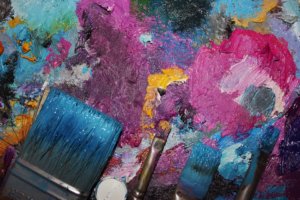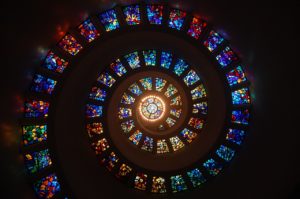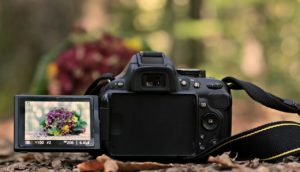This slender-limbed bronze statue was located in Mohanjodaro of the Indus Valley. Even the older temples were updating with bronze extravagance along side the religious stone formations inside the temples. The method of choice during this time of bronze art work was the Lost Wax Technique.
The beauty of India’s past and present art formations is categorized in one of the three areas of Western Indian Bronze, Eastern Indian Bronze and South Indian Bronze. The Southern Indian Bronze had it largest contributions during the 8th Century to the 16th Century. The bronze items ranged from small household images to life size sculptures for temple worshiping.
Bronze has been with India through variations of methods all the way back before 3000 BC. Bronze in India has not only been historical for creating statues, but it was one of the common materials for making coins along with many other decorative items of jewelry, artwork, and sacred religious artifacts. Bronze statue creations are categorized based on the regional references of this very large country’s relationships with the art forms and slight cultural translational expressions of bronze along with their cultural believes.
The art of making bronze sculptures has been found to have begun for India during 2400 BC. The most historical bronze statue so far to have been discovered is the “Dancing Girl”. This slender-limbed bronze statue was located in Mohanjodaro of the Indus Valley. In the beginning period of sculpting with bronze, stone was to remain being the main fixed form of inner images in temples and religious deities until the 10th Century. It was then that newly emerged religious concepts started to require that the religious deities should be also created outside the temple walls for all public viewing. This is were small items of non-religious bronze statues and religious items were to then include huge bronze public deity statues for viewing.
From the 9th Century to the 13th Century, during the Chola-period, there was a boom of new bronze statues outside the temples and inside the newly built temples, bronze was the chosen art form medium for its durability and ever lasting essence. Even the older temples were updating with bronze extravagance along side the religious stone formations inside the temples. During the Chola-period, there were also numerous amount of sensuous figurines, draped with incredible detailed clothing and jewelry. This was a period of graceful realism, heroic classicism of ideal balance, along with a detailed outlined formation. The method of choice during this time of bronze art work was the Lost Wax Technique.
The beauty of India’s past and present art formations is categorized in one of the three areas of Western Indian Bronze, Eastern Indian Bronze and South Indian Bronze. The Western Indian Bronze flourished from the 6th Century through the 12th Century and has historically been associated with the Indian religion of Jainism. The casting method was the Lost-Wax Method in this area during this time period. The Eastern Indian Bronze flourished during the 9th Century mainly representing the various divinities of Shiva, Vishnu, and other deities of heightened importance during that time period. These bronze sculptures were done of the Lost-Wax Method and mostly in the sprinklings of the great Buddhist Monasteries of that region. The Southern Indian Bronze had it largest contributions during the 8th Century to the 16th Century. The bronze items ranged from small household images to life size sculptures for temple worshiping.
Submitted by:Anita Satin ChoudharyAnita Satin Choudhary writes for http://www.IvoryandArt.com Gallery. Browse the gallery for unique collection of artifacts ranging from Bronze Sculptures to Mammoth Ivory and Silver Judaica |





